Heinz Logo Design: History & Evolution

Image Courtesy: Heinz
When we talk about iconic branding in the culinary world, the Heinz logo design instantly comes to mind. Its vivid imagery and memorable design have made it a staple in kitchens around the globe. As graphic designers, we can't help but be fascinated by the creativity and evolution of the Heinz logo design. What started as a simple emblem over 150 years ago has turned into a symbol synonymous with quality and trust. In this article, we'll explore the rich history of Heinz logo design, delving into its transformation and the innovative minds behind it.
From typographical changes to color adaptations, the Heinz logo design journey is a remarkable testament to branding's power. Whether you're a seasoned designer or just interested in the stories behind the logos you interact with every day, this deep dive into the Heinz logo design will surely whet your appetite for design knowledge. Join us as we unravel the threads of creativity, consistency, and evolution that have shaped this famous emblem. It's a tasty tidbit of design history you won't want to miss!
Heinz Logo Design History
1869 - 1957
The Heinz logo design journey began in 1869, a time when simplicity and functionality were at the forefront of graphic design. Nestled in the heart of that era, the original Heinz logo design managed to capture an essence of modernity and timelessness that would endure for nearly a century.
Designed with a bold red inscription set against a crisp white background, the original Heinz logo was an emblem that conveyed strength, purity, and quality. The logo's capitalized letters were executed in a custom rounded sans-serif typeface, creating a pleasant and distinctive visual harmony. The characters were extended and solid, offering a robust and reassuring presence on the product labels.
One of the brilliant aspects of the Heinz logo design during this period was the intentional use of space between the symbols. In a time when many logos were ornate and filled with embellishments, the Heinz design stood out for its restraint. This generous use of space wasn't just a visual choice; it gave the logo a sense of airiness, allowing the strong red color to resonate without overpowering the viewer.
Speaking of color, the bright and powerful red palette was a masterstroke in branding. It not only balanced the simplicity of the composition but became a symbol of the brand itself. This particular shade of red was more than a mere aesthetic choice; it became synonymous with the Heinz brand's values and quality commitment. Every time a consumer saw that red on a store shelf, they instantly connected it with the product's reputation.
The choice to keep the Heinz logo design virtually unchanged for almost a century wasn't made lightly. It was a testament to the design's effectiveness and adaptability. While other brands scrambled to update their images with each passing decade, Heinz's confidence in their iconic logo spoke volumes. It was a statement that they knew exactly who they were and what they stood for.
Graphic designers can learn a lot from the Heinz logo design of this period. It’s a masterclass in balancing simplicity with impact, demonstrating that even the most understated designs can become powerful symbols. It also teaches us the importance of consistency and staying true to a brand's roots.
The Heinz logo design from 1869 to 1957 is more than a mere historical footnote. It's a lesson in design clarity, confidence, and resonance that continues to inspire designers today. Whether you're exploring logo designs for a new project or just curious about the creative minds of yesteryears, the Heinz logo story is an appetizing slice of design history, filled with insights and flavors that continue to influence our industry.

Image Courtesy: Heinz
1957 - Present
The Heinz logo design story took an interesting turn in 1957, a momentous year that marked the company's first logo redesign in nearly a century. It's a testament to the brand's legacy that the redesign did not completely abandon the past but rather built upon the visual foundation that had been established.
The 1957 iteration introduced an arched logotype, a significant departure from the straightforward linear arrangement of the previous design. Written in all capitals, this new logo made use of a custom typeface featuring thick, straight lines. What really brought this Heinz logo design to life were the slightly elongated and pointed ends of the letters. This touch added a playfulness and elegance that breathed new energy into the brand's visual identity.
A step into the 1960s saw this emblem grow in popularity, becoming a prominent fixture on store shelves and in advertisements. The monochrome palette allowed the structure and form of the logotype to shine, while the subtle tweaks to the letters continued to convey the brand's quality and tradition.
Then came the 1989 version, a further refinement of the Heinz logo design. While still honoring the arched structure and custom typeface of the 1957 version, this new design encapsulated the evolving tastes and expectations of a modern audience. It retained the thick, straight lines, elongated ends, and a sense of playfulness, but with a more polished and contemporary feel.
What's remarkable about the Heinz logo design from 1957 to the present is the brand's ability to evolve while maintaining a strong connection to its history. Each redesign has been careful, considered, and respectful of what came before, providing a visual continuity that few brands have managed to achieve.
For graphic designers, the Heinz logo design's evolution offers a rich study in how to balance innovation with tradition. It shows that logos can be modernized without losing their essence, that the playful can coexist with the elegant, and that a brand can look to the future while honoring its past.
As we reflect on the Heinz logo design from 1957 to today, we see a brand that understands itself and its audience. It's a lesson in the power of subtlety, the elegance of simplicity, and the timeless nature of good design. Whether you're a veteran designer or just starting your journey, the Heinz logo story is filled with insights and inspiration, offering a flavorful taste of how thoughtful design can shape a brand's identity for generations. It's a delicious slice of design wisdom that continues to resonate and inspire in the ever-changing world of branding and graphic design.

Image Courtesy: Heinz
1989.- Present
The Heinz logo design, introduced in 1989, signaled a fresh chapter in the brand's visual identity, and it's a chapter that continues to resonate to this day. Infused with warmth and elegance, this version of the logo is more than just an emblem; it's a thoughtful expression of the brand's love and attention to its customers.
Visually, the 1989 Heinz logo design presents an elegant title-case inscription housed within a scarlet-red banner. The banner itself is a delightful fusion of arched top and geometric bottom parts, creating a dynamic yet balanced frame for the lettering. It's in this careful crafting of shapes and colors that the logo connects with the consumer, reflecting the brand's quality and heritage.
The white letters, placed against the red backdrop, are executed in a custom typeface with a slight inclination to the right. This subtle angle isn't just a design choice; it infuses the logo with movement, guiding the eye and creating an engaging visual flow. Moreover, it evokes a very warm sense, almost as if the letters themselves are reaching out to embrace the consumer. It's a nuanced touch that speaks volumes about the brand's commitment to connecting with its audience.
What truly sets the 1989 Heinz logo design apart is the way it translates the brand's essence into a visual language. It's not just about aesthetics; it's about storytelling. Every curve, color, and inclination is a word in a narrative that tells of quality, tradition, and warmth. It's a narrative that has been carefully woven over the years, making this logo a vibrant part of the brand's ongoing story.
For graphic designers, the Heinz logo design of 1989 is a masterclass in visual communication. It's an example of how design can be more than just a visual treat; it can be a conduit for emotions, values, and connections. It shows how a logo can be a living entity that evolves with the brand, reflecting changes in culture, technology, and consumer expectations without losing its core identity.
In conclusion, the Heinz logo design from 1989 to the present is more than just a mark; it's a symbol of a brand that understands the power of design in building relationships. It's a lesson in subtlety, empathy, and innovation, where every shape, color, and inclination serves a purpose. Whether you're designing for a global brand or a local startup, the insights from this Heinz logo design offer a rich feast of inspiration. It's a celebration of design that transcends trends, proving that thoughtful creativity can create timeless connections. It's a taste of design wisdom that continues to nourish our craft and challenge us to design with heart, intellect, and vision.

Image Courtesy: Heinz
Analysis: Heinz Logo Design Evolution
The journey of the Heinz logo design is one of rich creativity, innovation, and keen understanding of branding. Over the years, this familiar emblem has transformed and adapted, yet has always remained true to the essence of the brand. In this analysis, we'll dive into five key aspects of the Heinz logo design evolution, exploring what makes it a compelling study for graphic designers and branding enthusiasts alike.
Simplicity and Timelessness
From the original 1869 bold red inscription to the modern iterations, the Heinz logo design has consistently embraced simplicity. This minimalist approach has not only made it instantly recognizable but has also ensured its timelessness. The choice of strong, uncomplicated shapes and color palette has allowed it to transcend trends and stay relevant across generations.
Balancing Tradition and Innovation
Each redesign of the Heinz logo design has been careful to maintain a connection to its history. The evolutions have been thoughtful, balancing respect for tradition with the necessity for innovation. The 1957 arched design and the 1989 elegant iteration are both excellent examples of this delicate equilibrium, maintaining brand continuity while reflecting contemporary tastes.
Emotional Resonance
The Heinz logo design is more than a visual mark; it's an emotional symbol. The choice of color, typography, and even the slight inclination in the 1989 logo all evoke a sense of warmth and connection. It's a masterful example of how design can not only represent a brand but also embody its values and create an emotional bond with the consumers.
Adaptable Across Eras
The logo's design evolution demonstrates a keen understanding of adaptability. While other brands have undergone drastic changes to stay relevant, Heinz's logo adjustments have been subtle and strategic. This adaptability has enabled the logo to resonate with different audiences across various eras without losing its core identity.
Influence and Inspiration
The Heinz logo design's journey is a source of inspiration and influence within the graphic design community. Its blend of simplicity, elegance, and emotional resonance offers valuable lessons for designers at all levels. The manner in which it has navigated changes while retaining its essence is a testimony to strategic and empathetic design thinking.
The Heinz logo design evolution is a rich tapestry of design wisdom that provides insights into simplicity, tradition, emotion, adaptability, and influence. It’s a story that not only highlights the power of effective logo design but also enriches our understanding of how a visual symbol can encapsulate a brand's legacy, values, and ambitions. Whether you're a seasoned designer or a newcomer, there's a delicious array of design lessons to feast upon in the evolving story of the Heinz logo design. It’s a savory slice of design history that continues to nourish our craft and challenge us to think more profoundly about the logos we create.

Image Source: https://www.instagram.com/heinz/ | Image Courtesy: Heinz
The Philosophy & Meaning Behind Heinz Logo Design
In the realm of graphic design, logos are often laden with meaning and purpose, serving as a bridge between a brand and its audience. The Heinz logo design is a fascinating example of this, encompassing a philosophy that goes beyond mere aesthetics. Let's explore five key aspects that reflect the thoughtfulness and depth embedded in this iconic logo's design.
Simplicity as a Reflection of Purity
The Heinz logo design epitomizes the philosophy of simplicity. This minimalistic approach aligns with the brand's commitment to purity and quality in its products. The uncluttered design and straightforward typography resonate with the company's dedication to providing straightforward, wholesome food, mirroring their motto, "57 Varieties."
The Color of Passion and Attention
The scarlet-red banner in the Heinz logo design is more than a mere visual element; it symbolizes passion, love, and attention to detail. The red color has remained consistent through the various iterations of the logo, underscoring the brand's enduring commitment to its customers and the quality of its products.
The Warmth of Inclined Letters
The 1989 Heinz logo design introduced white letters with a slight inclination to the right. This delicate tilt is not just an artistic flourish; it reflects the brand's warm and approachable nature. The inclination brings a sense of movement and personality, embodying the brand's love and care towards its consumers.
Geometry and Balance
The use of geometric shapes, particularly the arched top and flat bottom of the banner, represents a harmonious balance between tradition and innovation. The geometry symbolizes stability and trustworthiness, while the subtle curves add a touch of modernity and flair. It's a thoughtful blend that echoes the brand's history and its readiness to embrace the future.
Custom Typography and Brand Identity
The choice of a custom typeface is not merely a design decision. It speaks to the brand's unique identity and the effort to set itself apart in a crowded marketplace. The Heinz logo design leverages typography to reinforce its distinct personality, offering a visual cue that resonates with the brand's values and heritage.
The philosophy and meaning behind the Heinz logo design reveal a depth of thought that extends beyond mere aesthetics. From its colors and shapes to its typography and orientation, each element is imbued with symbolism and intention. It's a brilliant example of how a logo can articulate a brand's essence and values, transforming a visual mark into a meaningful symbol. For graphic designers, the Heinz logo design offers a rich exploration into the purpose-driven design, shedding light on how thoughtful creativity can create resonant and timeless branding. It's a flavorful reminder that great design is not just about how it looks, but what it means and the stories it tells.

Image Source: https://www.instagram.com/heinz/ | Image Courtesy: Heinz
What Can We Learn from Heinz Logo Design
The world of logo design is filled with exceptional examples that teach us vital principles of visual communication, and the Heinz logo design stands as a valuable lesson in itself. It's not just a symbol but a story that unfolds many insights for graphic designers. Let's take a closer look at five essential lessons we can draw from the evolution and philosophy behind the Heinz logo design.
The Power of Simplicity
The Heinz logo design teaches us that simplicity isn't just about minimalism; it's about clarity and focus. The uncomplicated composition, whether in the 1869 original or the modern iterations, emphasizes the brand's straightforward approach to quality. It’s a powerful reminder that sometimes less is more, and that simplicity can be an effective tool to create timeless and universally appealing designs.
Emotion Through Design
From the scarlet-red banner to the inclined letters, the Heinz logo design is filled with elements that evoke emotion. It shows how even subtle details can create a connection with the audience, building brand affinity and loyalty. This teaches us that design is not just about visuals; it's about creating an emotional resonance, making the brand feel accessible and human.
Consistency and Brand Recognition
Heinz’s commitment to maintaining key elements across its logo's evolutions illustrates the importance of consistency in building brand recognition. The recurrent use of red and the careful redesigns that honor the brand's history underline how consistency can fortify brand identity without stagnating innovation. It’s a lesson in finding the right balance between preserving brand essence and embracing change.
Strategic Evolution
The thoughtful transitions in the Heinz logo design over the years highlight how a logo can evolve without losing its core identity. Whether it’s the shift to an arched logotype or the introduction of a scarlet-red banner, each change was strategic and aligned with the brand’s values. This offers a lesson in how to approach redesigns with intentionality and insight.
A Logo as a Storyteller
The Heinz logo design is not just a symbol; it’s a visual narrative that tells the story of the brand. From the choice of color to typography, every element adds to this narrative. This teaches us that a well-designed logo can be a storyteller, conveying the brand's history, values, and vision in a way that engages and resonates with the audience.
The Heinz logo design serves as a rich repository of design wisdom. Its journey from a bold red inscription to an elegant, warm symbol offers invaluable insights into simplicity, emotion, consistency, evolution, and storytelling. For graphic designers, studying the Heinz logo design is like flipping through a well-crafted textbook filled with practical examples and timeless principles. It’s a delicious lesson that nourishes our understanding of effective logo design and challenges us to create logos that are not just seen but felt and remembered. Whether a seasoned professional or a budding designer, the Heinz logo design is a flavorful guide to savor and learn from.
Conclusion
The Heinz logo design is more than a mere emblem; it's a masterclass in branding and design philosophy. From its inception to the present day, it has woven a tale of simplicity, innovation, emotion, and strategic evolution. For graphic designers, both seasoned and aspiring, the lessons drawn from the Heinz logo design are timeless and instructive. It stands as a testament to the power of thoughtful design and how it can transcend time, resonate with audiences, and encapsulate a brand's essence. The savory insights from the Heinz logo design will continue to inspire and guide the world of graphic design.
Let Us Know What You Think!
These fantastic logo design articles are written and curated by Kreafolk's team. We hope you enjoy our information and remember to leave us a comment below. Cheers!


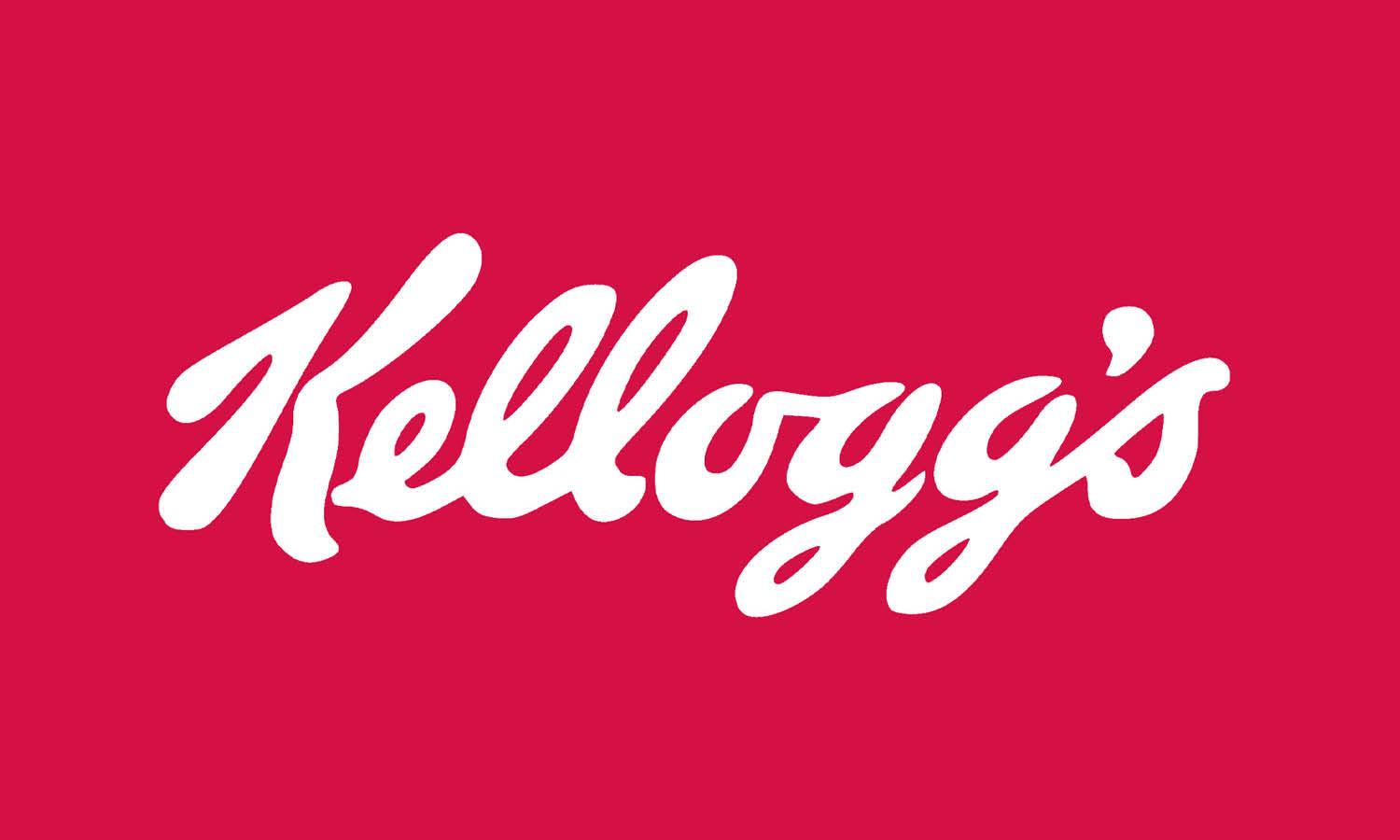
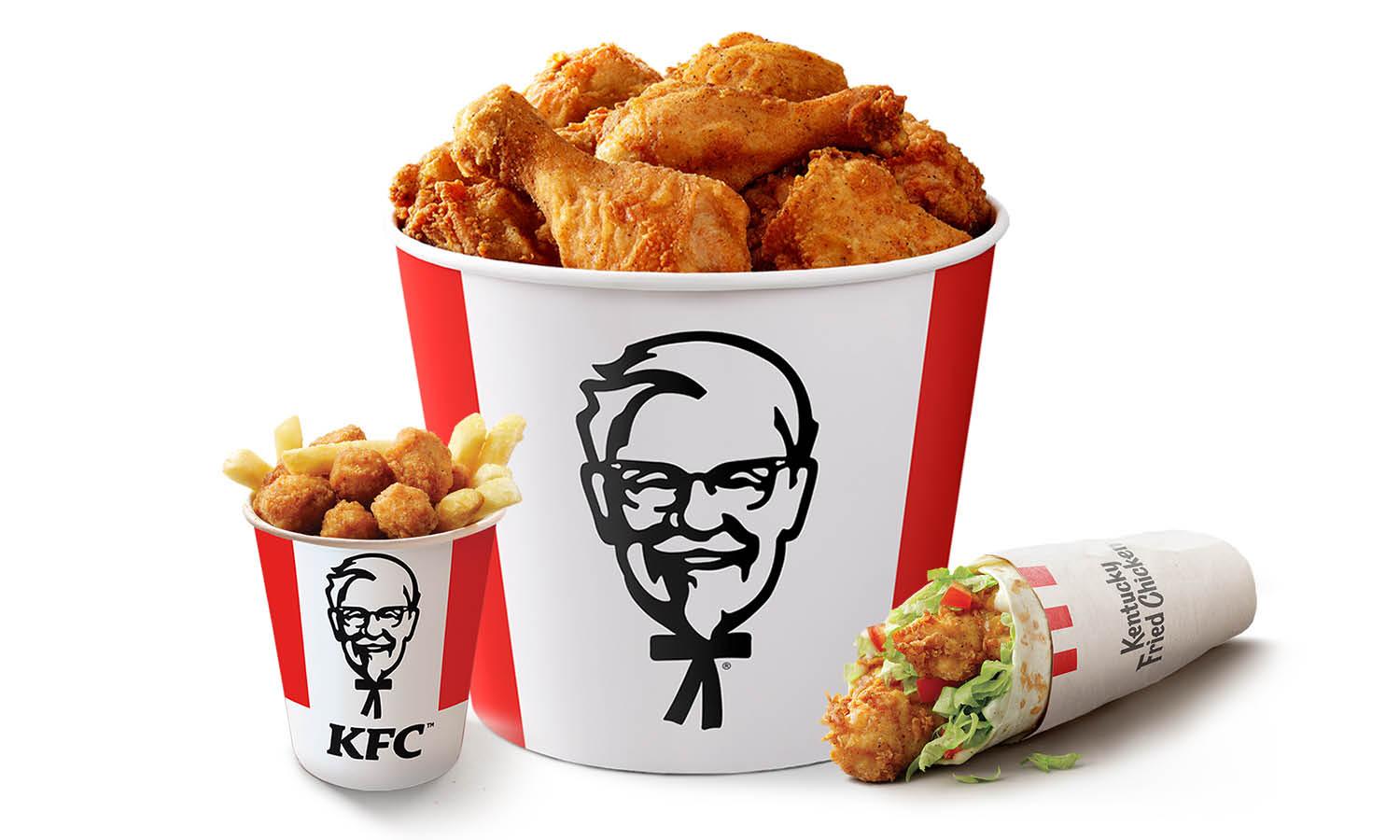
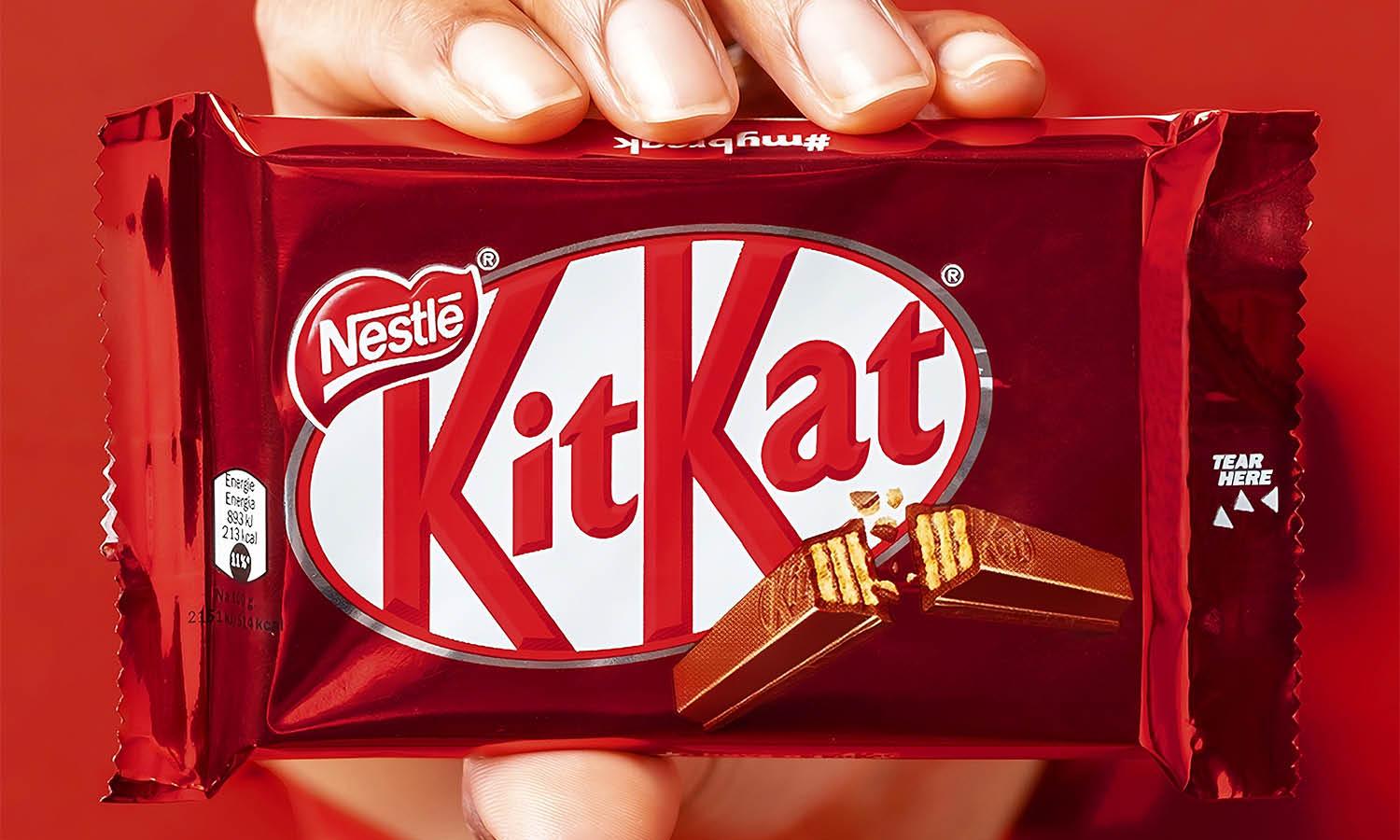
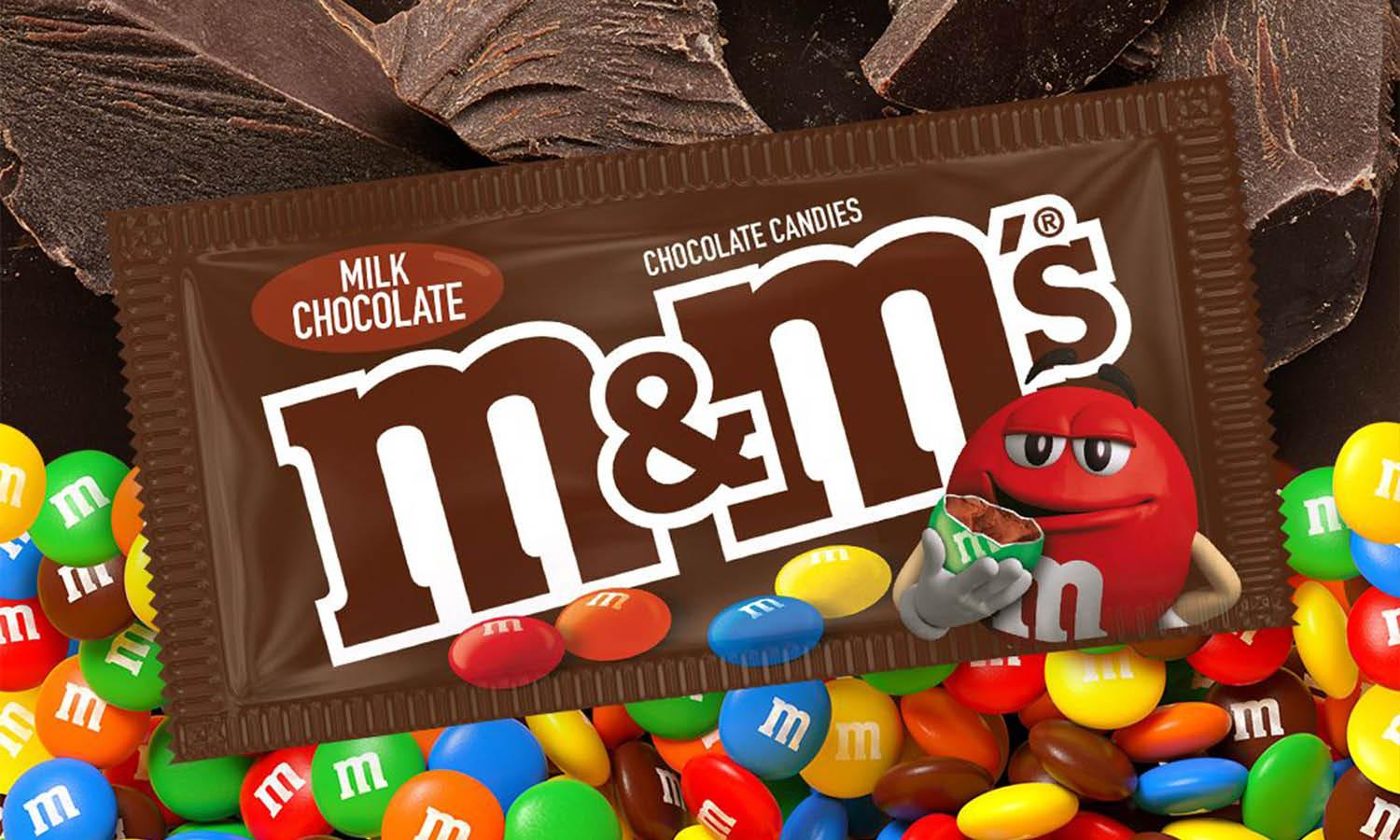
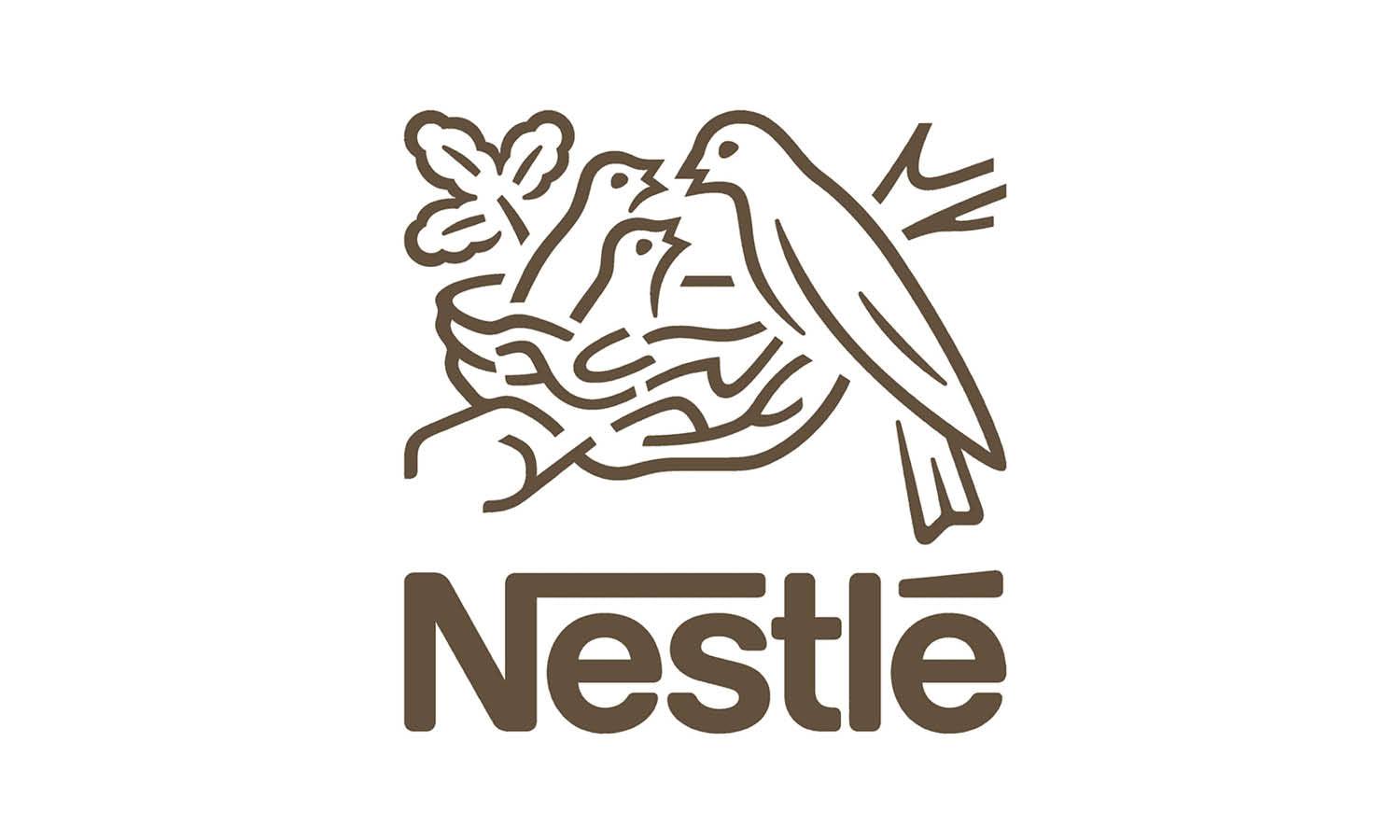









Leave a Comment